Unlocking High Performance Networking with Advanced Cat 6A Patch Panels for Future Proof Systems
In today's rapidly evolving digital landscape, the demand for high-performance networking solutions has never been greater. As organizations strive to achieve seamless connectivity and enhanced data transfer speeds, the integration of advanced technologies becomes paramount. The adoption of Cat 6A patch panels is a critical factor in building future-proof systems that meet the challenges of modern network infrastructure. According to a recent report by market research firm Technavio, the global structured cabling market is expected to grow by over $30 billion by 2024, largely driven by the increasing need for bandwidth and high-speed data transmission. Cat 6A patch panels, with their superior performance and capability to support data rates of up to 10 Gbps, play an essential role in this evolution. By unlocking high performance networking, they enable organizations to better meet the demands of applications such as cloud computing, IoT, and big data analytics, ensuring robust and reliable connectivity in an increasingly digital world.
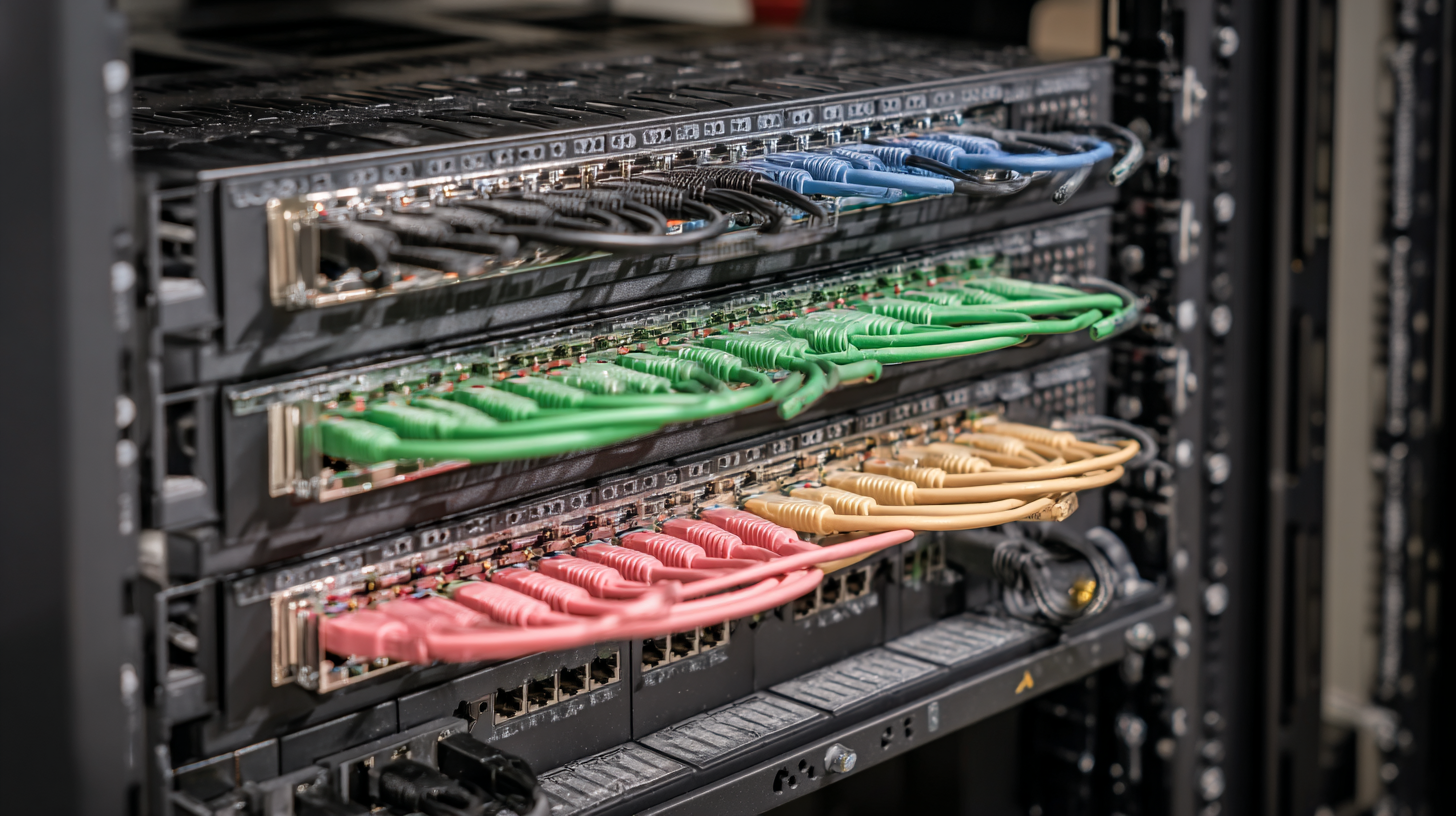
Understanding the Advantages of Cat 6A Patch Panels in Modern Networking
The advent of Cat 6A patch panels marks a significant milestone in modern networking, offering enhanced performance capabilities that are crucial for today's data-driven environments. According to a report by the International Data Corporation (IDC), the demand for high-speed networking solutions is expected to grow at a compounded annual growth rate (CAGR) of 16.9% from 2023 to 2028. This surge is driven by the increasing need for bandwidth as enterprises transition towards cloud computing and IoT applications.
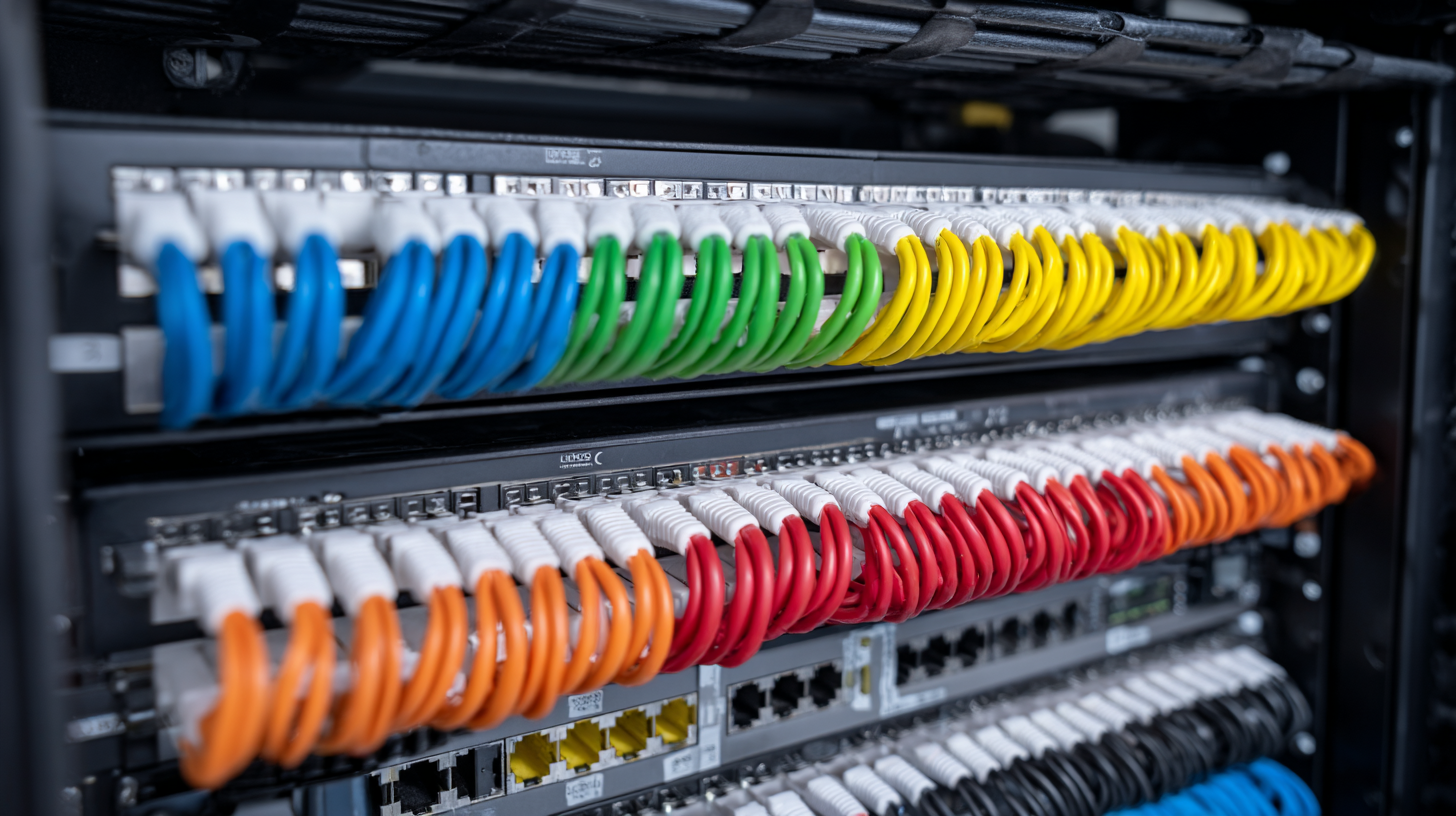 Cat 6A patch panels, capable of supporting frequencies up to 500 MHz, facilitate data transfer rates of 10 Gbps over distances of up to 100 meters, making them ideal for high-performance data centers.
Cat 6A patch panels, capable of supporting frequencies up to 500 MHz, facilitate data transfer rates of 10 Gbps over distances of up to 100 meters, making them ideal for high-performance data centers.
Additionally, the implementation of Cat 6A patch panels contributes to future-proofing network infrastructure. A study by Gartner predicts that businesses will increasingly adopt 10GBASE-T technology, which relies heavily on the capabilities of Cat 6A cabling and patch panels. Their superior shielding effectiveness minimizes crosstalk and improves signal integrity, thereby enhancing overall network reliability. As organizations invest in scalable solutions to meet growing data demands, Cat 6A patch panels emerge as a strategic choice, ensuring optimal performance and longevity in network systems.
Key Features of Advanced Cat 6A Patch Panels for Enhanced Data Transmission
Advanced Cat 6A patch panels are designed to enhance data transmission capabilities and support high-performance networking systems. One of the key features of these patch panels is their ability to handle higher bandwidths, which is essential for modern applications that demand rapid data transfer. They support frequencies up to 500 MHz, making them ideal for environments where heavy data loads are the norm. This makes them a future-proof choice for organizations looking to upgrade their network infrastructure.
Additionally, the construction of advanced Cat 6A patch panels often includes superior shielding and high-quality connectors, which minimize interference and crosstalk. This ensures that data remains stable and reliable, especially in complex networks where multiple devices are interconnected. The ease of installation and maintenance of these panels also makes them a practical choice for both new installations and upgrades, as they require less time to set up and reduce downtime when changes need to be made. With these features, advanced Cat 6A patch panels stand out as a vital component for building robust networking systems.
Future-Proofing Your Network Infrastructure with Cat 6A Technology
As businesses and service providers continue to evolve in the face of growing digital demands, future-proofing network infrastructure has become increasingly critical. The adoption of Category 6A (Cat 6A) technology presents an opportunity to enhance performance while ensuring compatibility with upcoming advancements. Cat 6A cabling supports 10 Gigabit Ethernet over twisted pair cables, allowing for higher data transmission speeds and reduced crosstalk, making it an ideal choice for infrastructures requiring robust and reliable connectivity.
Integrating Cat 6A technology not only meets current networking needs but also prepares organizations for future challenges, such as the rise of generative AI and increased reliance on cloud services. With its backward compatibility, upgrading existing network systems to Cat 6A becomes a practical solution for businesses looking to enhance their capabilities without a complete overhaul. As we move toward faster wireless networking standards, the necessity of high-performance cabling becomes evident, ensuring that networks can handle the demands of tomorrow.
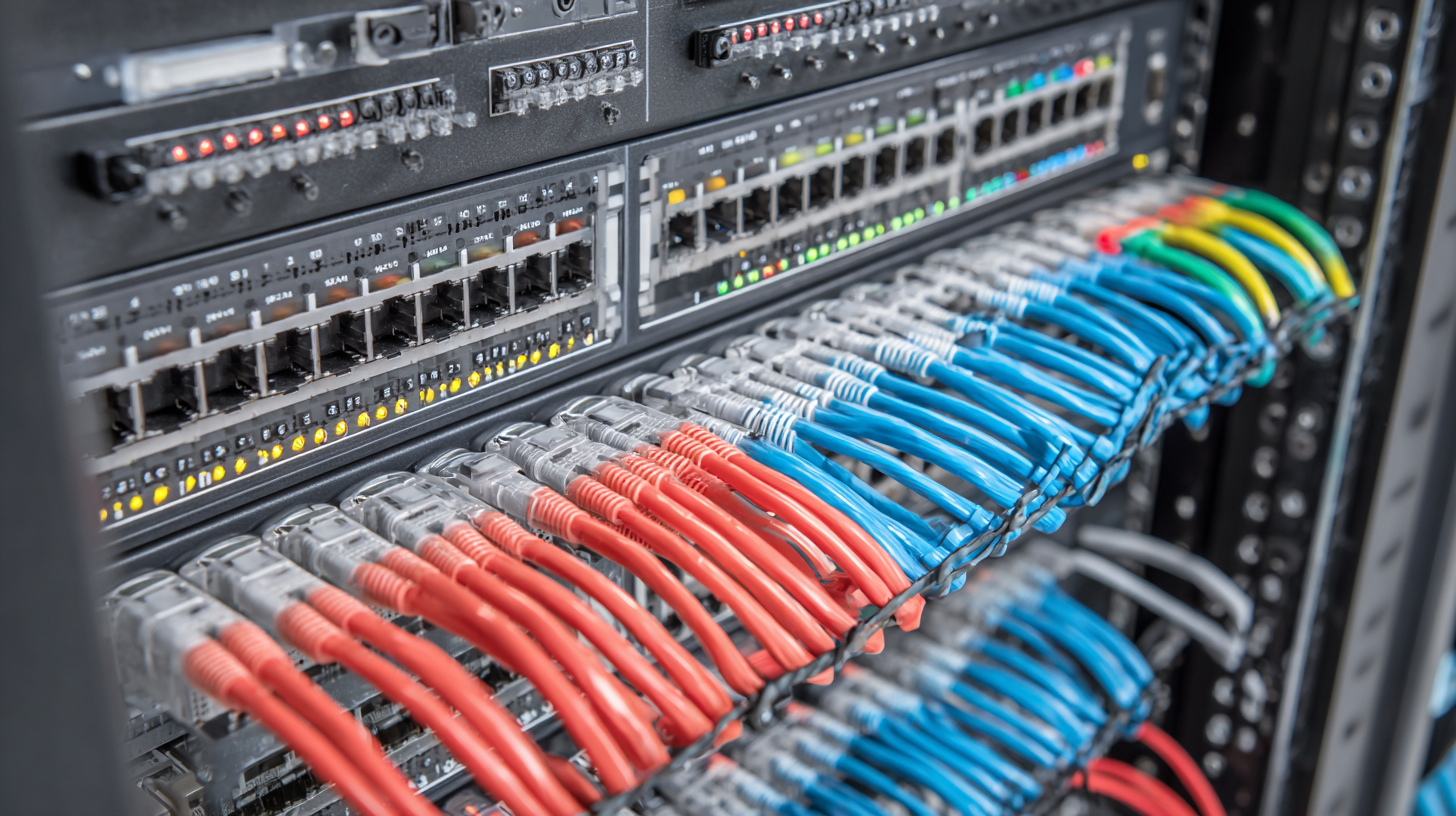
Best Practices for Installing and Configuring Cat 6A Patch Panels
When it comes to establishing a robust networking infrastructure, properly installing and configuring Cat 6A patch panels is crucial. According to the Telecommunications Industry Association (TIA), Cat 6A cabling supports 10 Gbps speeds over a distance of up to 100 meters, making it an ideal choice for enterprises aiming to future-proof their networks. To ensure optimal performance, installers should adhere to best practices such as maintaining proper cable management and adhering to the recommended bend radius specifications.
Additionally, grounding and bonding of patch panels are essential to minimize electromagnetic interference (EMI) and maintain signal integrity. A study by the Fiber Optic Association highlights that proper grounding can reduce downtime and maintenance costs by up to 35%. Utilizing high-quality patch panels that feature superior shielding can also impact the overall network performance positively, further emphasizing the importance of selecting the right equipment. Understanding these best practices will not only enhance the functionality of Cat 6A systems but also contribute to long-term operational efficiency.
Troubleshooting Common Issues with Cat 6A Networks for Optimal Performance
Troubleshooting common issues in Cat 6A networks is crucial for maintaining optimal performance in high-speed networking environments. According to a report by the Telecommunications Industry Association (TIA), improper installation and insufficient cable management are among the top causes of network performance degradation.
The TIA advises that maintaining proper cable lengths and ensuring that patch panels and other connectivity components are up to standard can mitigate these issues, enhancing the overall efficiency of a Cat 6A setup.
Another frequent challenge faced by network administrators is alien crosstalk, especially in environments where multiple cables run in proximity. The IEEE 802.3bz standard highlights that Cat 6A cables should be designed to reduce crosstalk while supporting data rates of up to 10 Gbps over 100 meters. Utilizing advanced Cat 6A patch panels with effective shielding can significantly reduce interference and enhance signal integrity. By addressing these common pitfalls, organizations can leverage the full potential of their Cat 6A networks, ensuring a future-proof infrastructure capable of meeting increasing bandwidth demands.
Related Posts
-
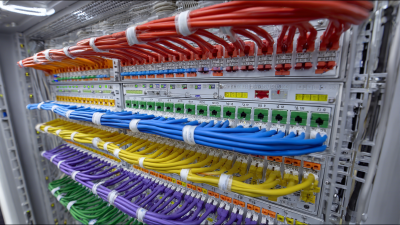
7 Best Practices for Selecting the Right Patch Panel for Your Network
-

How to Choose the Right Network Patch Panel for Your Installation Needs
-

How to Choose the Right Patch Panel for Your Networking Needs
-
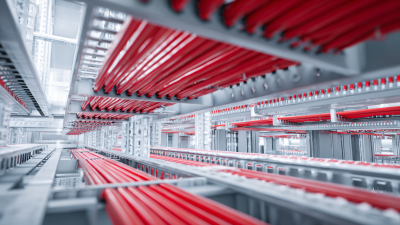
Exploring Growth Trends in Cabling Solutions at the 138th Canton Fair 2025: A Data-Driven Insight
-

Innovative Solutions for Optimizing Enterprise Networking Efficiency
-

How to Choose the Right UTP Cat 6 Cables for Your Network Needs
